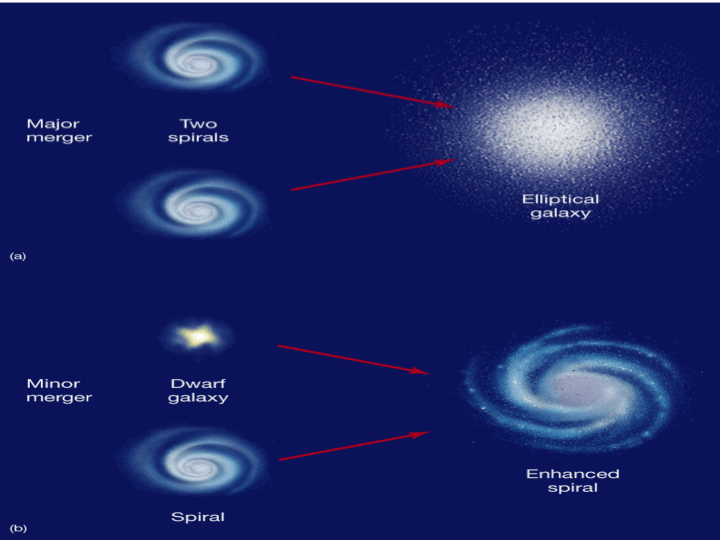Wikipedia wrote:
Supernovae and neutron stars
Together with colleague Walter Baade, Zwicky pioneered and promoted the use of the first Schmidt telescopes used in a mountain-top observatory in 1935. In 1934 he and Baade coined the term "supernova" and hypothesized that supernovae were the transition of normal stars into neutron stars, as well as the origin of cosmic rays. This was an opinion which contributed to determining the size and age of the universe subsequently.
In support of this hypothesis, Zwicky started looking for supernovae, and found a total of 120 by himself (and one more, SN 1963J, in concert with Paul Wild) over 52 years (SN 1921B through SN 1973K), a record which stood until 2009 when passed by Tom Boles. Zwicky did his laborious work, comparing photographic plates with the human eye, which is far more challenging and difficult than Boles accomplished using modern technology for his record.
Gravitational lenses
In 1937, Zwicky posited that galaxies could act as gravitational lenses by the previously discovered Einstein effect.[19] It was not until 1979 that this effect was confirmed by observation of the so-called "Twin Quasar" Q0957+561.
Dark matter
While examining the Coma galaxy cluster in 1933, Zwicky was the first to use the virial theorem to discover the existence of a gravitational anomaly, which he termed dunkle Materie 'dark matter'.[3] The gravitational anomaly surfaced due to the excessive rotational velocity of luminous matter compared to the calculated gravitational attraction within the cluster. He calculated the gravitational mass of the galaxies within the cluster from the observed rotational velocities and obtained a value at least 400 times greater than expected from their luminosity. The same calculation today shows a smaller factor, based on greater values for the mass of luminous material.
Tired light
When Edwin Hubble discovered a somewhat linear relationship between the distance to a galaxy and its redshift expressed as a velocity,[22] Zwicky immediately pointed out that the correlation between the calculated distances of galaxies and their redshifts had a discrepancy too large to fit in the distance's error margins. He proposed that the reddening effect was not due to motions of the galaxy, but to an unknown phenomenon that caused photons to lose energy as they traveled through space. He considered the most likely candidate process to be a drag effect in which photons transfer momentum to surrounding masses through gravitational interactions; and proposed that an attempt be made to put this effect on a sound theoretical footing with general relativity. He also considered and rejected explanations involving interactions with free electrons, or the expansion of space.[23]
Zwicky was skeptical of the expansion of space in 1929, because the rates measured at that time seemed too large. It was not until 1956 that Walter Baade corrected the distance scale based on Cepheid variable stars, and ushered in the first accurate measures of the expansion rate.[24] Cosmological redshift is now conventionally understood to be a consequence of the expansion of space; a feature of Big Bang cosmology.
(...)
Original thinker
Zwicky was an original thinker, and his contemporaries frequently had no way of knowing which of his ideas would work out and which would not. In a retrospective look at Zwicky's life and work, Stephen Maurer said:
When researchers talk about neutron stars, dark matter, and gravitational lenses, they all start the same way:
"Zwicky noticed this problem in the 1930s. Back then, nobody listened..."  Rubin's Galaxy
Rubin's Galaxy
